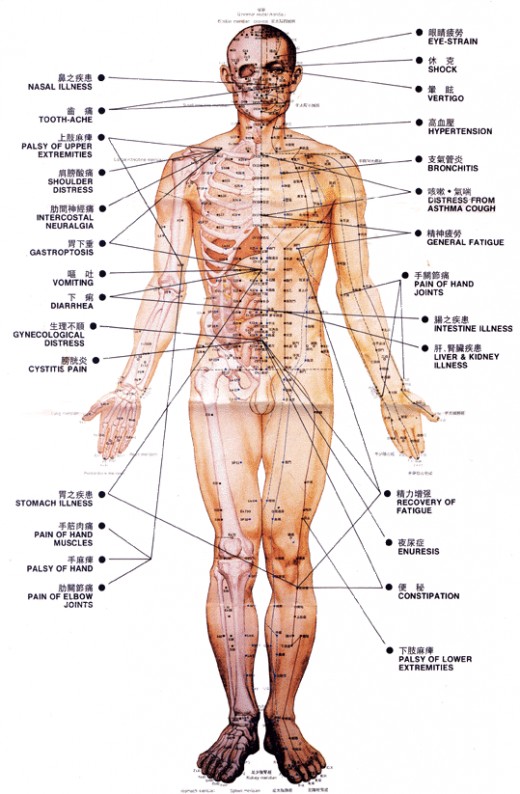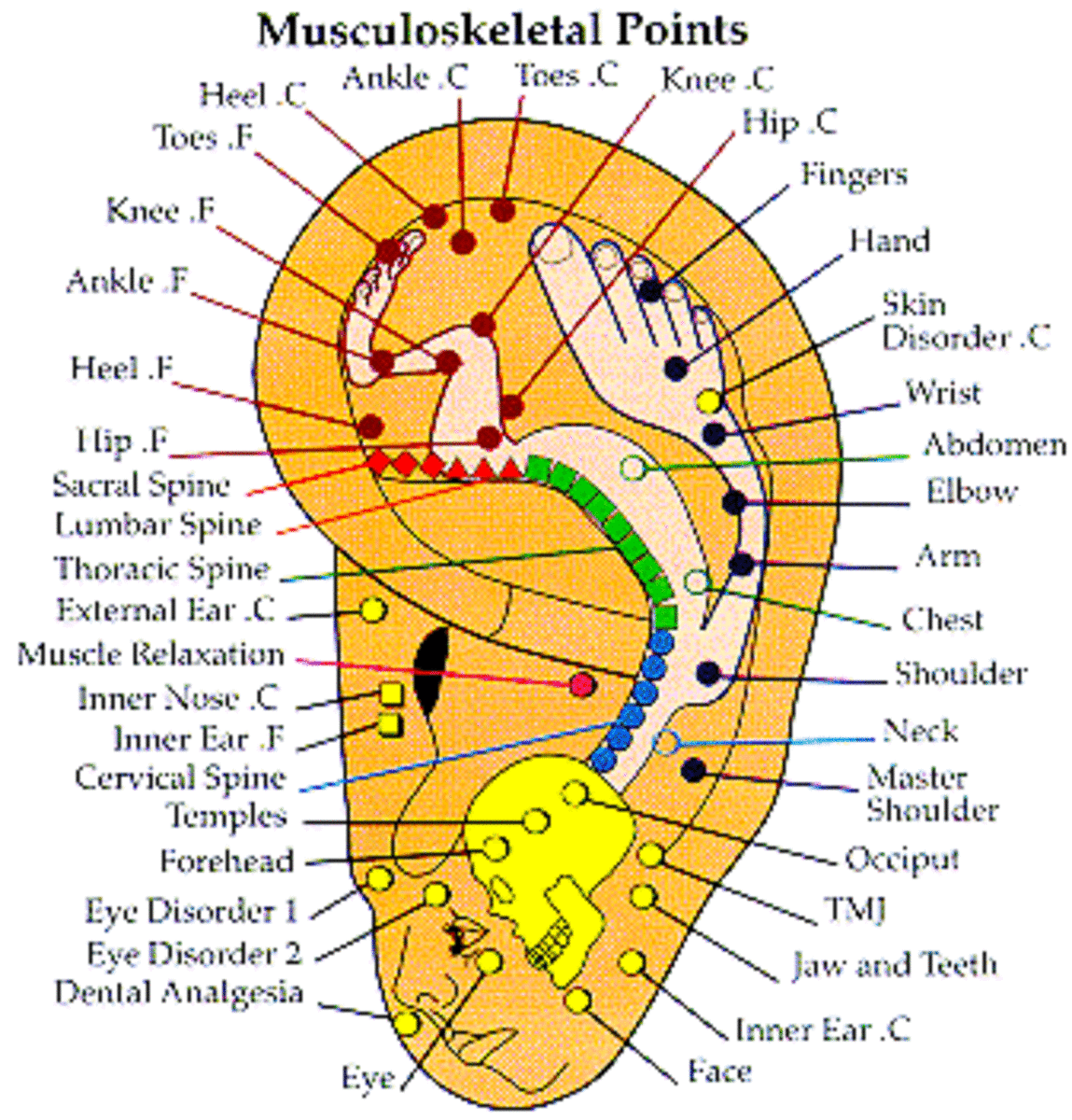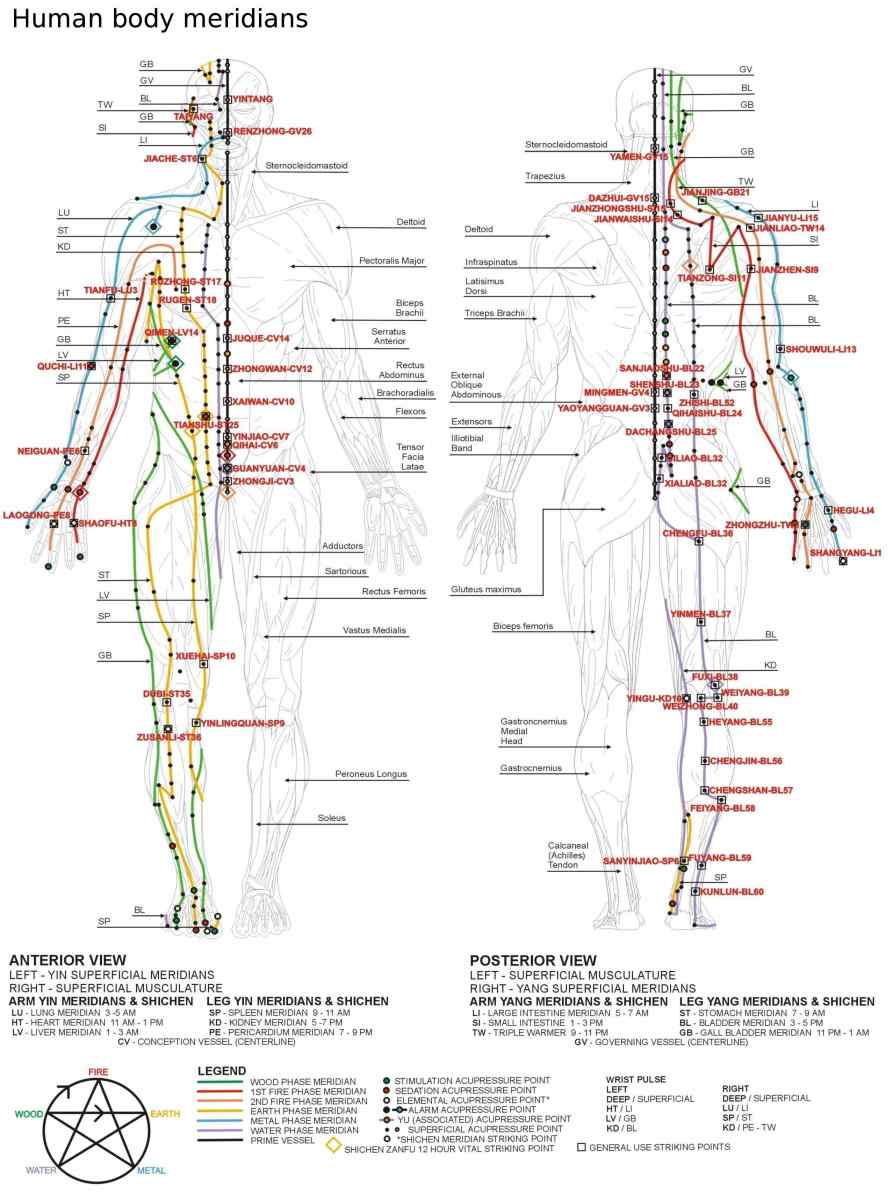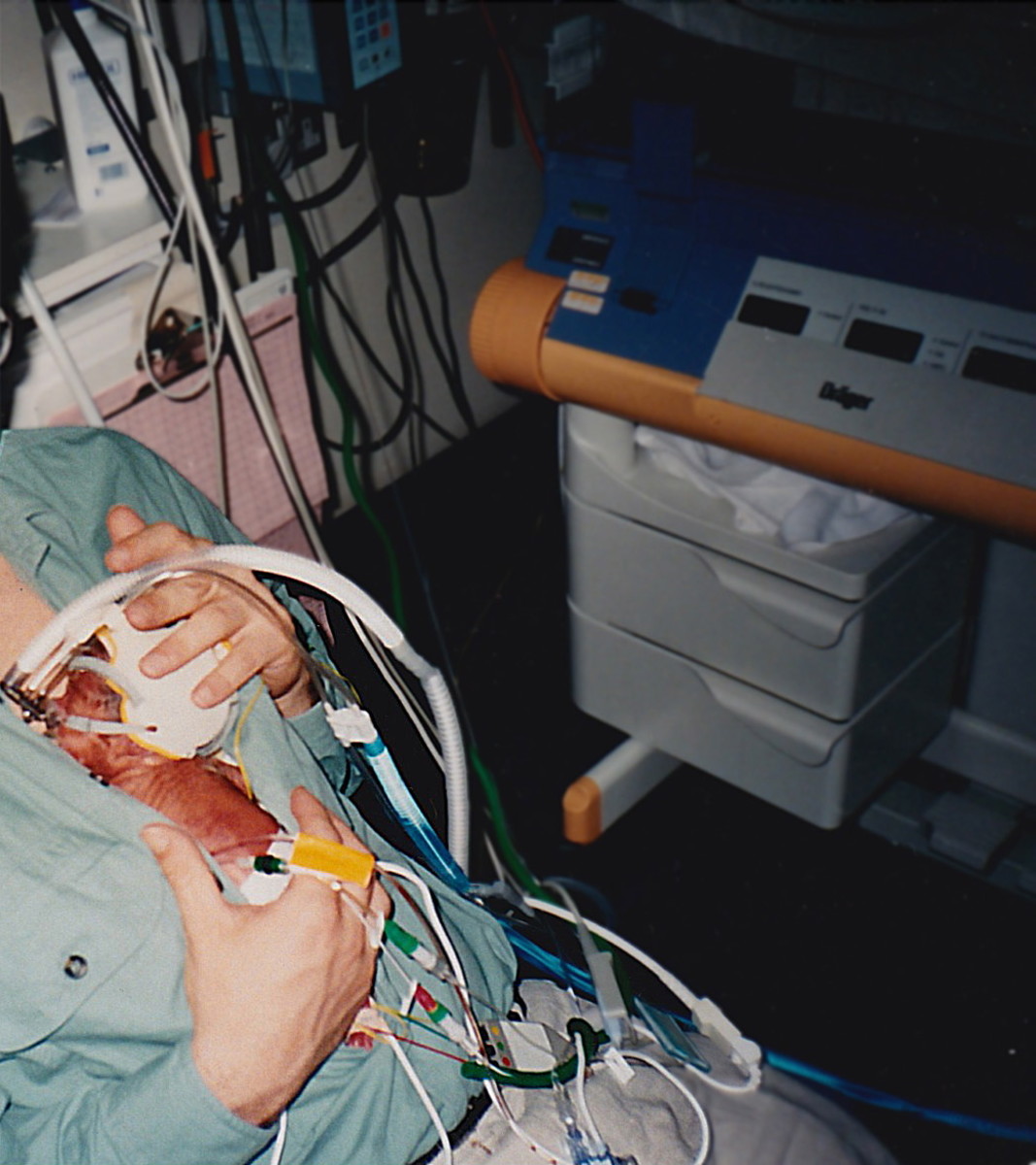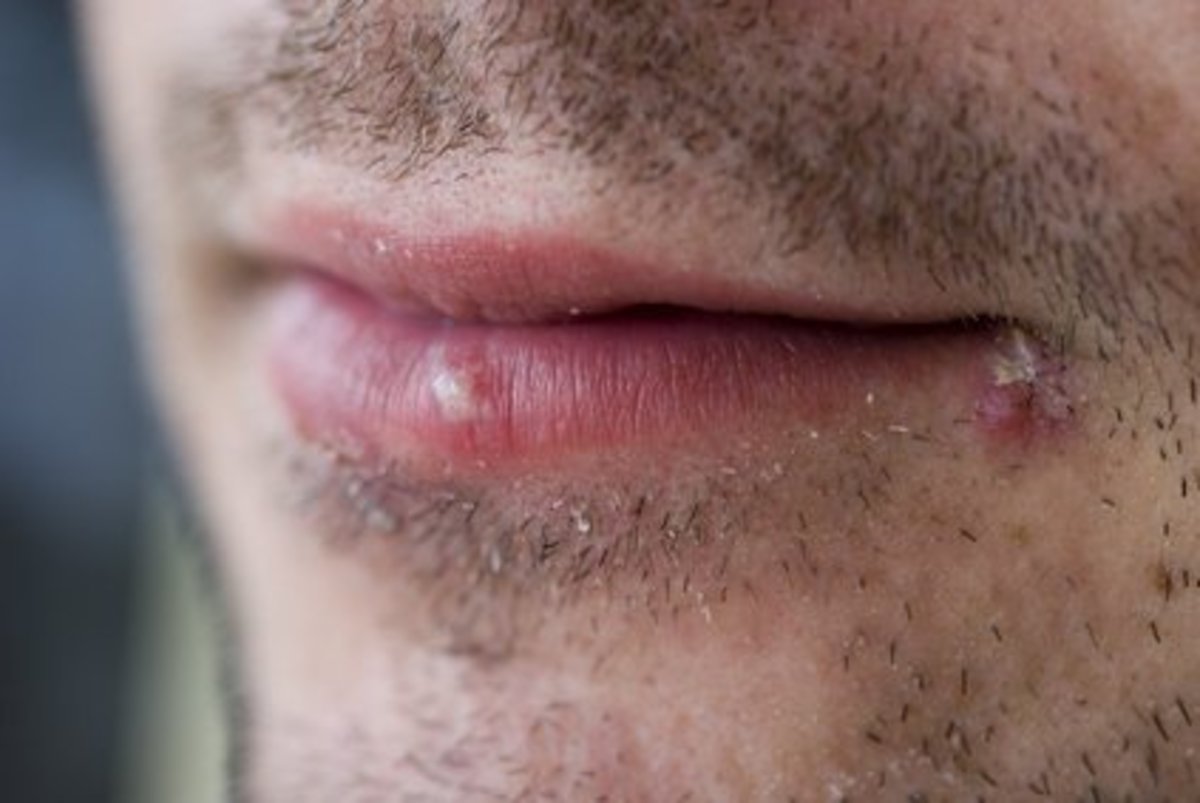Concept of Chinese Acupuncture and Seven Cosmic Chakras
Acupuncture and the Chakra Energy System: Treating the Cause of Disease
Acupuncture is among the most ancient techniques in traditional Chinese medicine dating back to 2000 years or more. Acupuncture is a nailing procedure done with inserting needles in different depths in parts of human body through which different types of diseases are treated but it is interesting to note that theory and concept of Chinese acupuncture started from India dating back to 4000 years ago. The ancient sages of India felt that the human body is a small world or a planet on a smaller scale and that man is a microcosm and thought that found in the body are points that cross the lines of human energy and these lines were the energy of the cosmos. These points, seven in total, got the name of chakras or wheels, each having a specific mission. According to Indians, chakras are points of energy generators and from the center they radiate a subtle energy that puts into action the whole life system. According to the sages of India, these 7 centers of energy are not visible to naked eye, but some cosmic transducers are capable of capturing the vital forces of universe and attract them to our body. These complex but vital forces exercise an activity on our body and serve as a matrix for the physiological changes in addition to forming a binding mechanism between the nonphysical planes of human beings and their physical structure. Chakra therapists in India utilized this concept of 7 chakras of energy or 7 wheels of light to cleanse the energy system and balance the chakras thereby treating the disease and then preventing the disease from happening again.
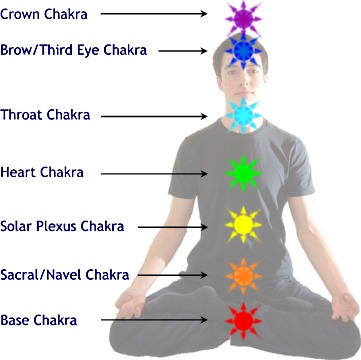
The seven cosmic chakras according to Indian sages are:
- Sahasrara chakra is the top of the head and this is the primary chakra according to Hindu tradition. This chakra is the center of the highest spiritual level and controls the development of intelligence and will power.
- Ajna chakra is located in front between the two eyebrows and is the location of the third eye as of Lord Shiva. This chakra governs the spiritual and intellectual activity of man and develops the art of seeing beyond the five senses.
- Vishuddha chakra or throat is located at the base of the neck. This chakra is the center of personality and ambitions. This chakra signifies creativity and pure consciousness.
- Anahata chakra or umbilical is in the solar plexus and controls the fears and hatreds and generally emotions. The person achieving this chakra becomes aware of his karma and life actions.
- Swadhisthana chakra is located at the height of spleen and is also known as the healing sacral chakra which controls the activity and gets the vitality from the sun. It is also the center of our creative and sexual energy.
- Manipura chakra is situation in the ventral portion of our body and it controls emotions. Between the age of 14 to 21, an individual is ruled by manipura chakra. This is also the chakra of life force and is the seat of fire within our body.
- Muladhara charka or root is located at the base of the spine. Exercises control of solar activity. This chakra is the meeting place of ida, pingala, and sushuma nadis. It represents the beginning of life and is associated with element Earth.
